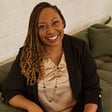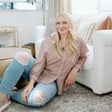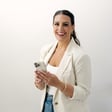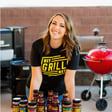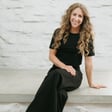
Episode 67: 10 Common DIY Website Design Mistakes
Krista and I are back continuing our mini-series on brand and website design. And we’re chatting about the 10 most common mistakes we see on DIY websites, or in other words, websites people build or customize themselves.
Just to be clear, we’re not suggesting that people shouldn’t DIY their websites. We think customizing your own website can be a valuable experience. We’re simply pointing out a few mistakes we see people make, and making some suggestions on how to fix those mistakes.
Also, our Black Friday/Thanksgiving Sale starts THIS Friday, November 22nd and runs through Cyber Monday. We’ll be offering some crazy deals on website templates and add-on pages, and the best deals will be available that first weekend, so be sure to check that out. Again, that’s this Friday, November 22nd 2019.
For the show notes, go to https://daveyandkrista.com/btb-episode-67

